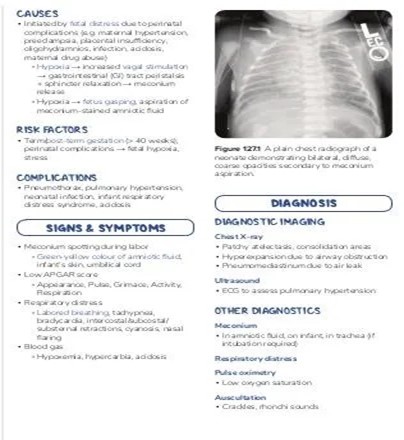What is the highest priority nursing intervention when admitting a pregnant woman who has experienced a bleeding episode in late pregnancy?
Assessing fetal heart rate (FHR) and maternal vital signs
Performing a venipuncture for hemoglobin and hematocrit levels
Monitoring uterine contractions
Placing clean disposable pads to collect any drainage
The Correct Answer is A
Assessing fetal heart rate (FHR) and maternal vital signs would be the highest priority nursing intervention when admitting a pregnant woman who has experienced a bleeding episode in late pregnancy. This is because fetal distress or maternal instability may require immediate medical intervention, such as delivery via emergency cesarean section or blood transfusions, respectively.
Therefore, assessing the FHR and maternal vital signs will help to determine the urgency of the situation and guide the next steps in the management of the patient. Once the patient's condition has stabilized, performing venipuncture for hemoglobin and hematocrit levels, monitoring uterine contractions, and placing clean disposable pads to collect any drainage can be done as appropriate.
Nursing Test Bank
Naxlex Comprehensive Predictor Exams
Related Questions
Correct Answer is A
Explanation
One of the most important principles of effective health education is to involve the target audience in the planning process. By involving the target audience in the planning process, the nurse can gain a better understanding of their needs, priorities, and concerns related to health and wellness. This, in turn, can help the nurse develop education goals that are relevant, engaging, and effective at improving health outcomes.
Asking the formal leadership of a community what the learning needs are, using the expertise of professional nurses who are skilled at assessing needs, or interviewing physicians to determine the highest need based on diagnoses can all be useful strategies for gathering information about community health needs. However, none of these strategies are as effective at identifying the specific needs and priorities of the target audience as asking the target audience directly.
Correct Answer is A
Explanation
The signs described are consistent with Meconium Aspiration Syndrome (MAS). Meconium aspiration occurs when the fetus has a bowel movement before or during delivery and inhales meconium-stained amniotic fluid into the lungs. This can lead to airway obstruction, chemical pneumonia, and respiratory distress, which may progress to respiratory failure, persistent pulmonary hypertension, and death. The presence of coarse breath sounds, acidosis, and the honeycomb appearance on X-ray are all signs of MAS.

Whether you are a student looking to ace your exams or a practicing nurse seeking to enhance your expertise , our nursing education contents will empower you with the confidence and competence to make a difference in the lives of patients and become a respected leader in the healthcare field.
Visit Naxlex, invest in your future and unlock endless possibilities with our unparalleled nursing education contents today
Report Wrong Answer on the Current Question
Do you disagree with the answer? If yes, what is your expected answer? Explain.
Kindly be descriptive with the issue you are facing.
